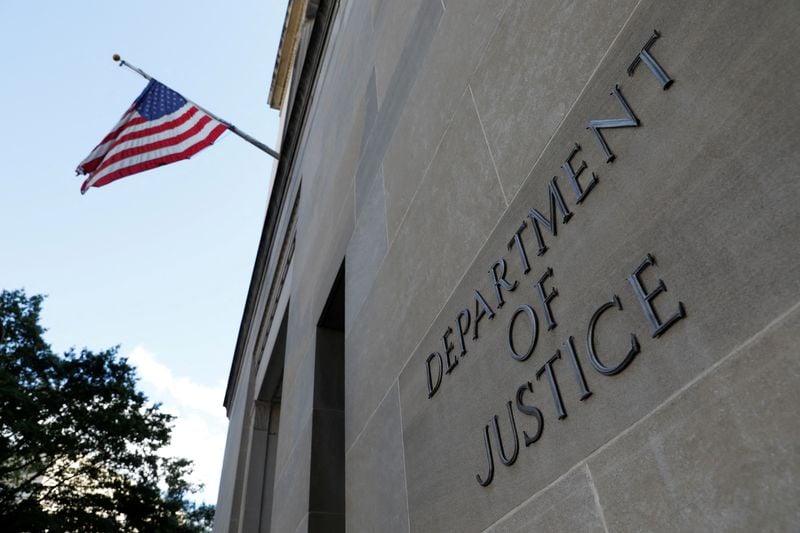BUFFALO, N.Y. – U.S. Customs and Border Protection (CBP) officers at the Port of Entry seized a loaded shotgun in a vehicle that was encountered at the Peace Bridge.

made a wrong turn and ended up on the Peace Bridge.
Earlier today, CBP officers encountered a passenger vehicle driven by a 42-year-old United States citizen. The driver was destined to an address in Buffalo and made a wrong turn onto the Peace Bridge heading towards Canada. The driver then made a U-turn on the bridge prior to arriving on the Canadian side. During his inspection on primary, a trunk check discovered the shotgun. The driver was escorted to secondary for further inspection.
During the secondary examination, it was determined that the driver unlawfully possessed the firearm.
“A great job by our officers keeping another dangerous, illegally possessed weapon out of our community,” said Acting Port Director John Madsen. “The amazing commitment and focus of our officers help to keep our communities safer.”
The driver was taken into custody and subsequently processed by CBP officers. After processing, the shotgun and driver were turned over to the New York State Police.
Follow us on twitter @CBPBuffalo and @DFOBuffalo
Ad: Save every day with Amazon Deals: Check out today's daily deals on Amazon.





